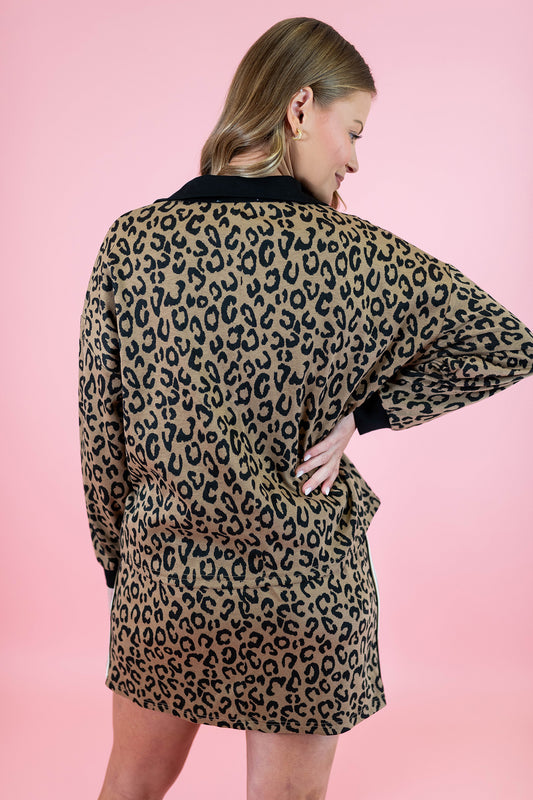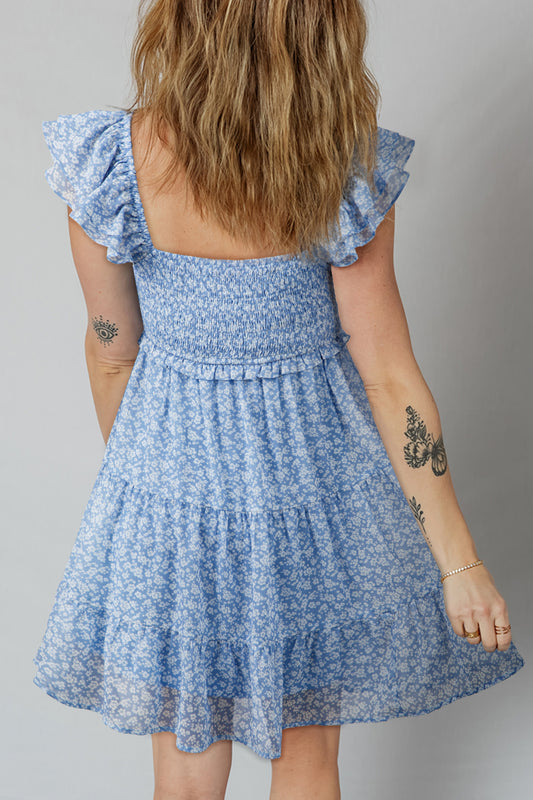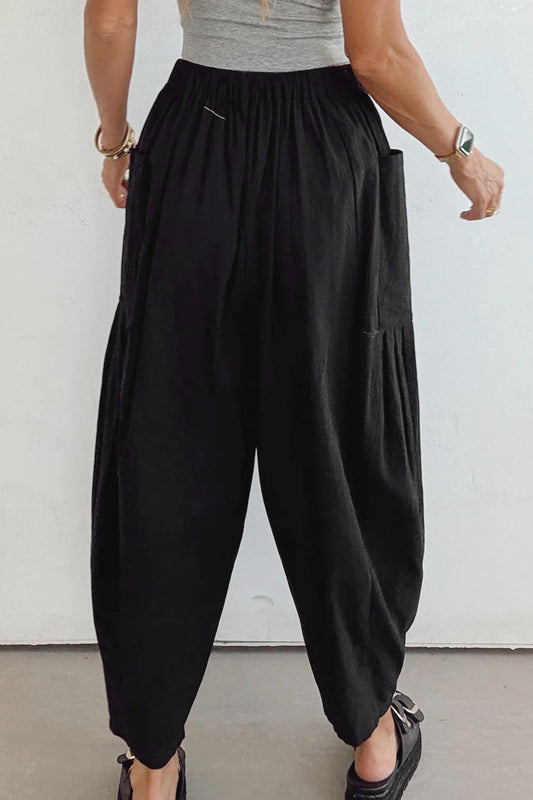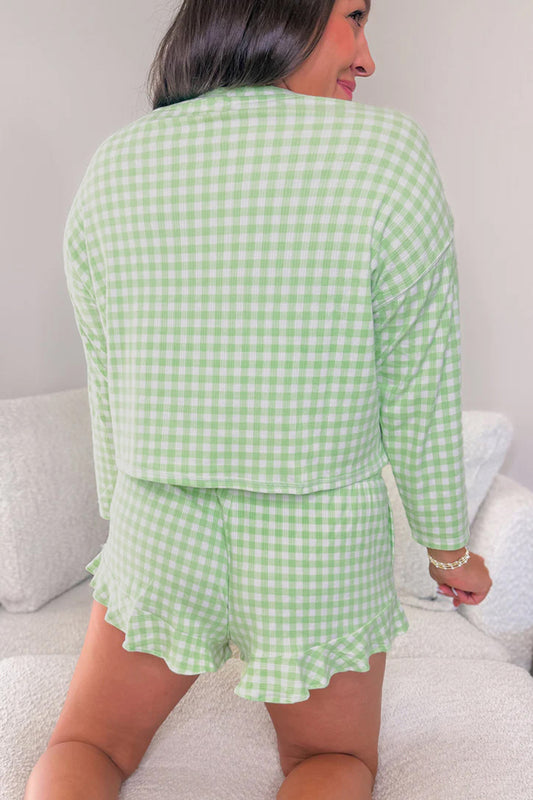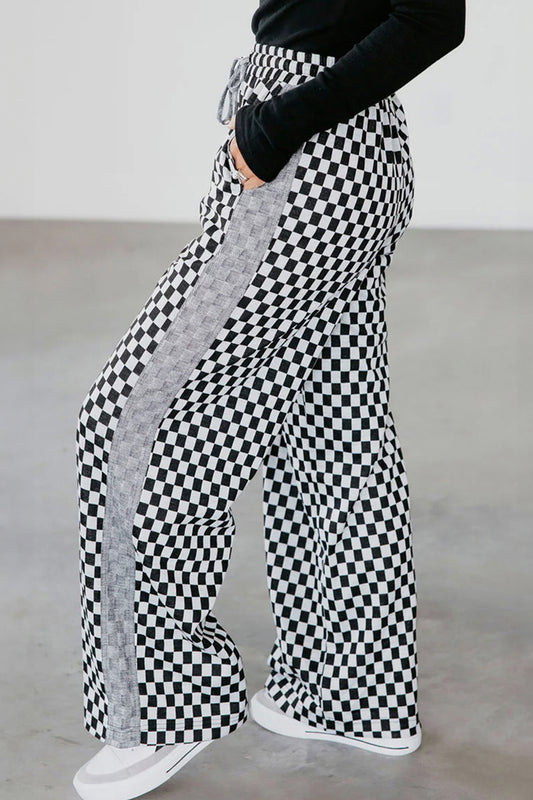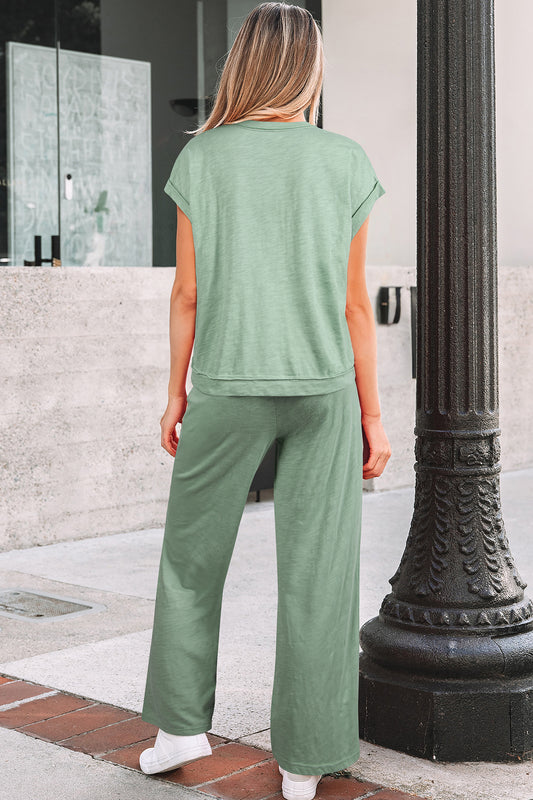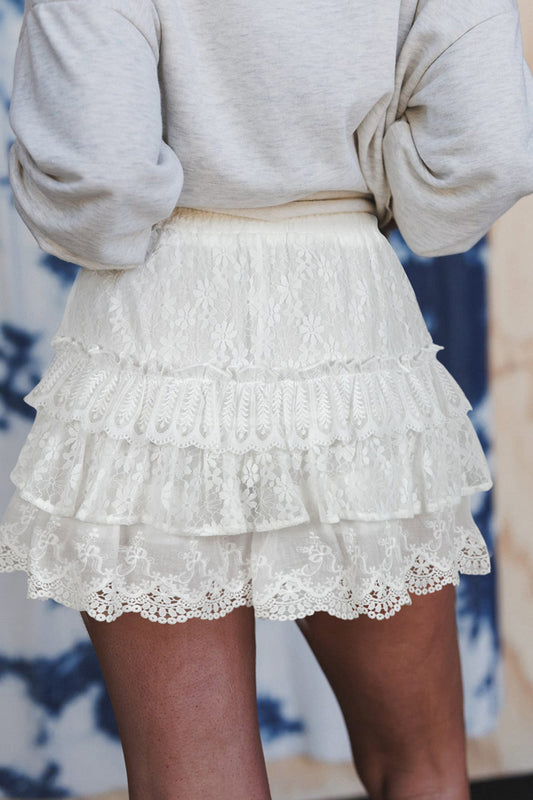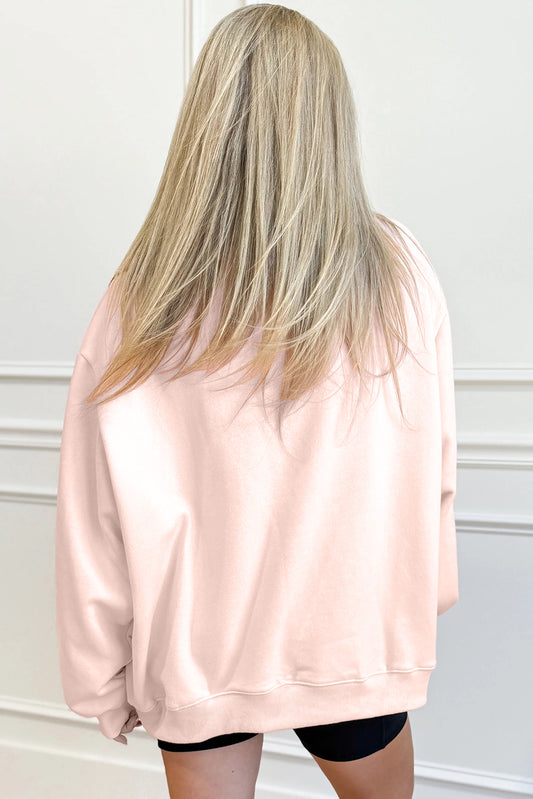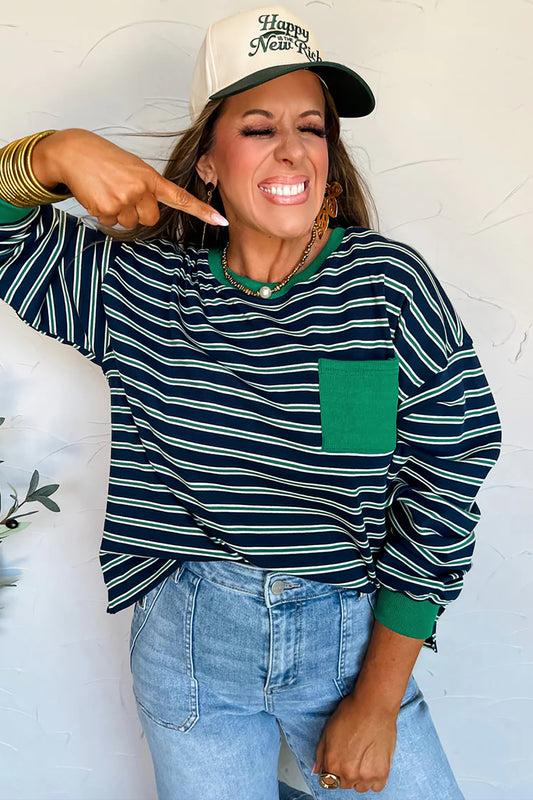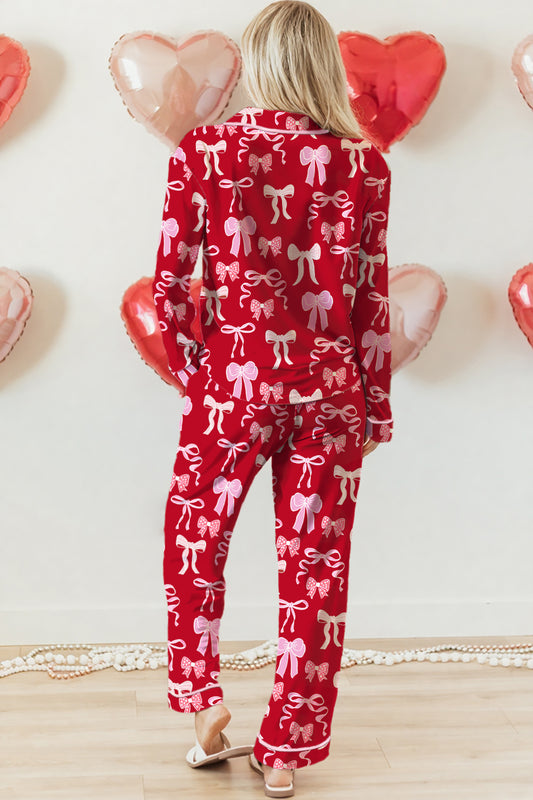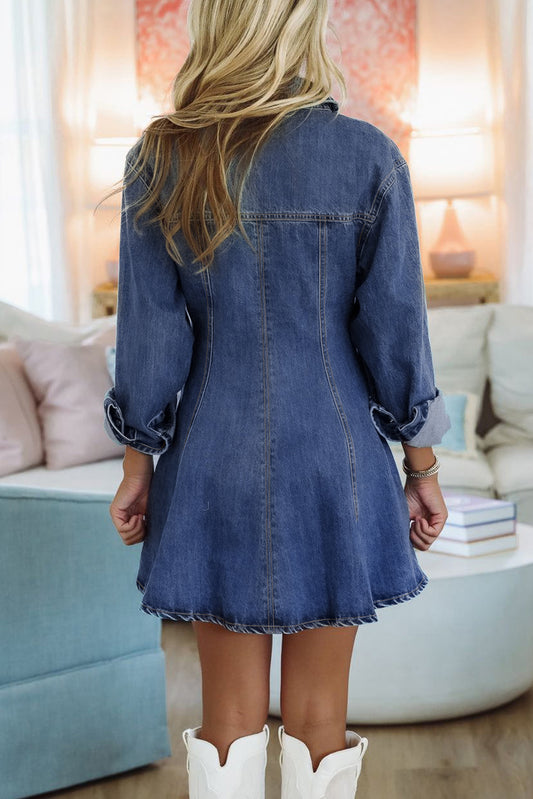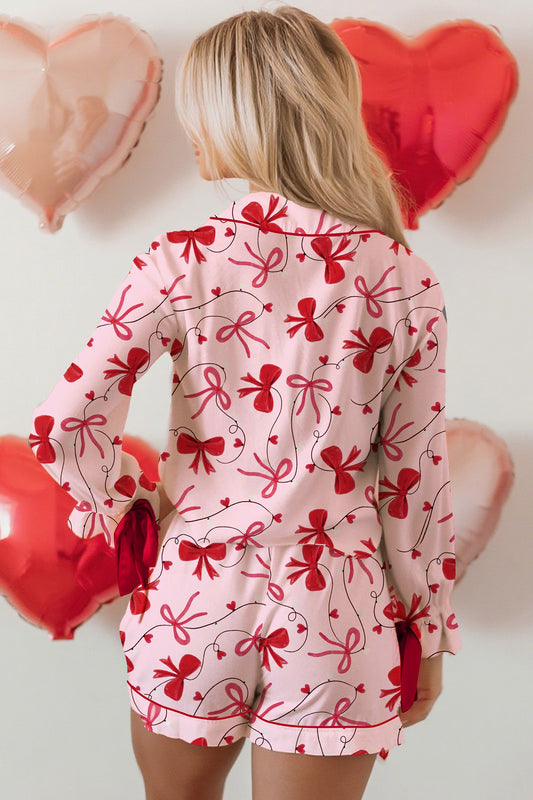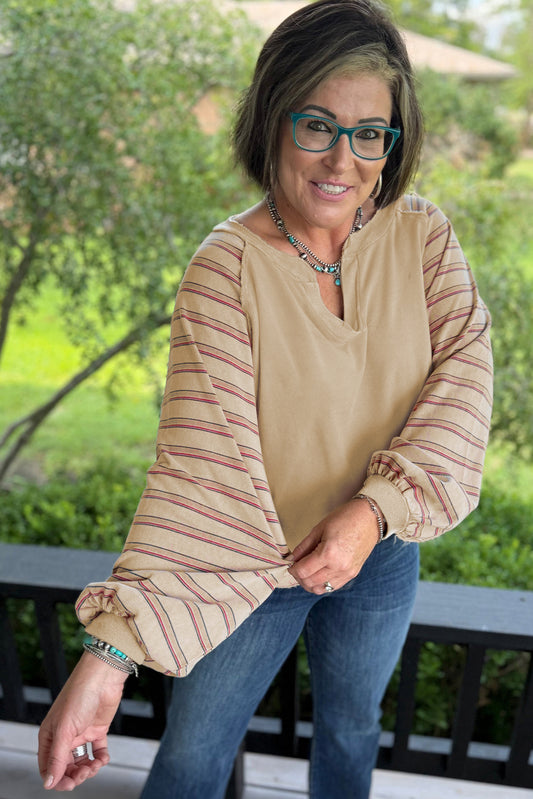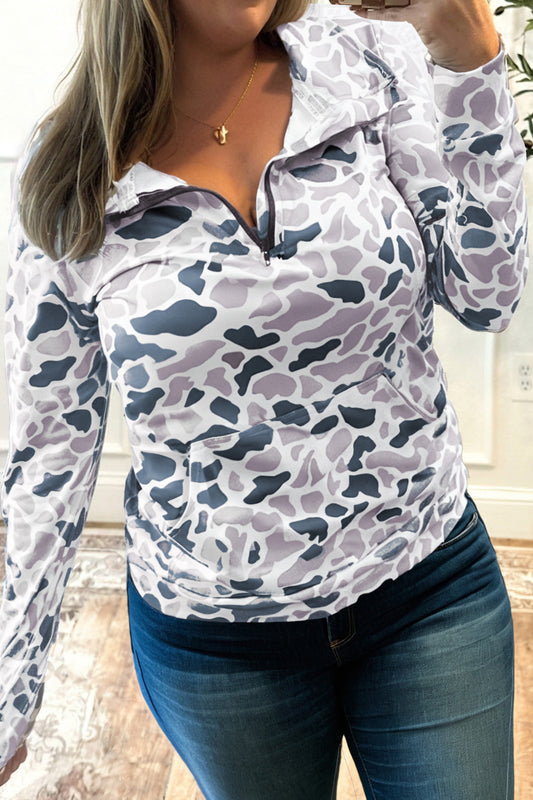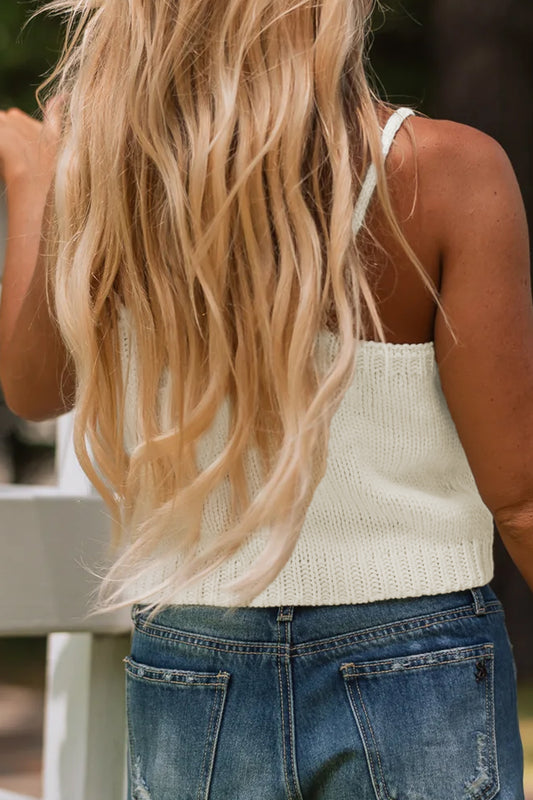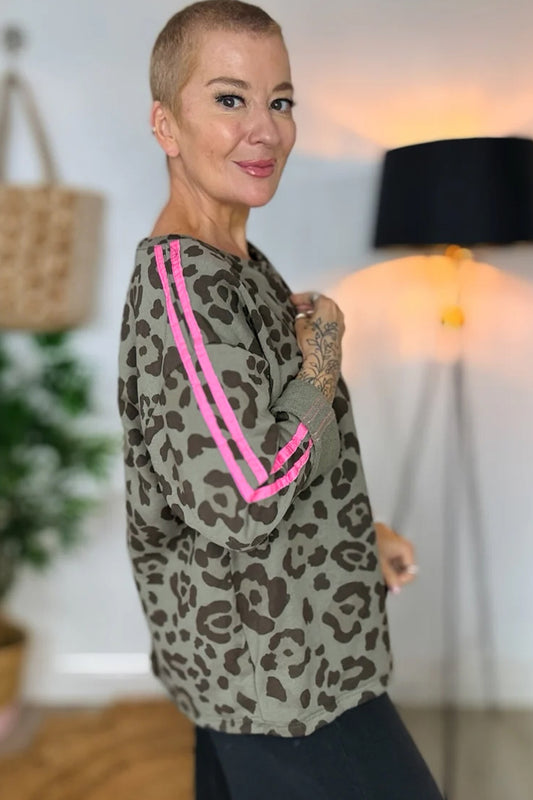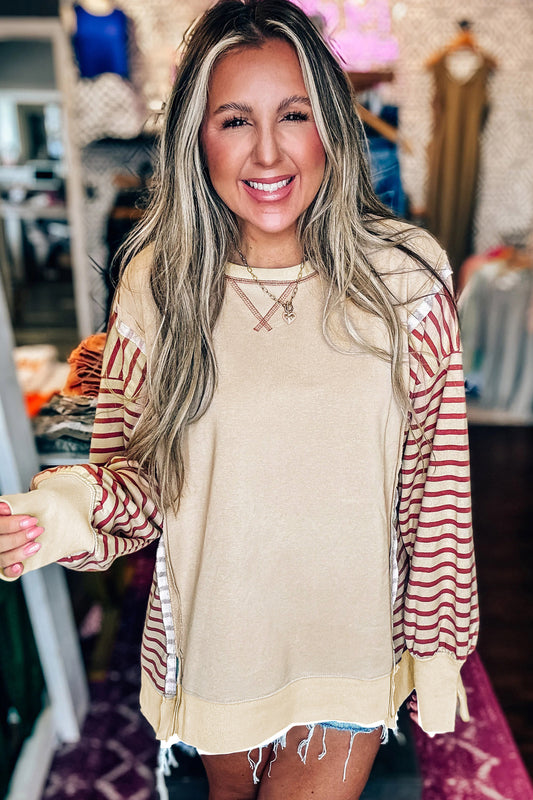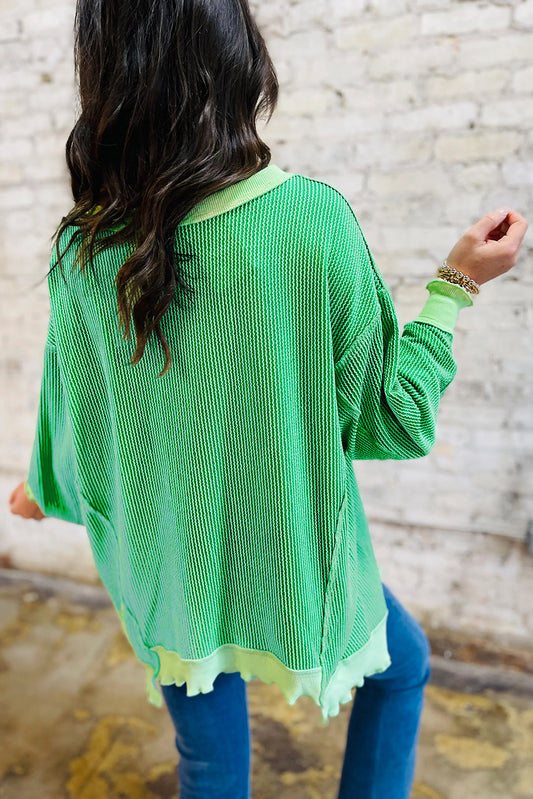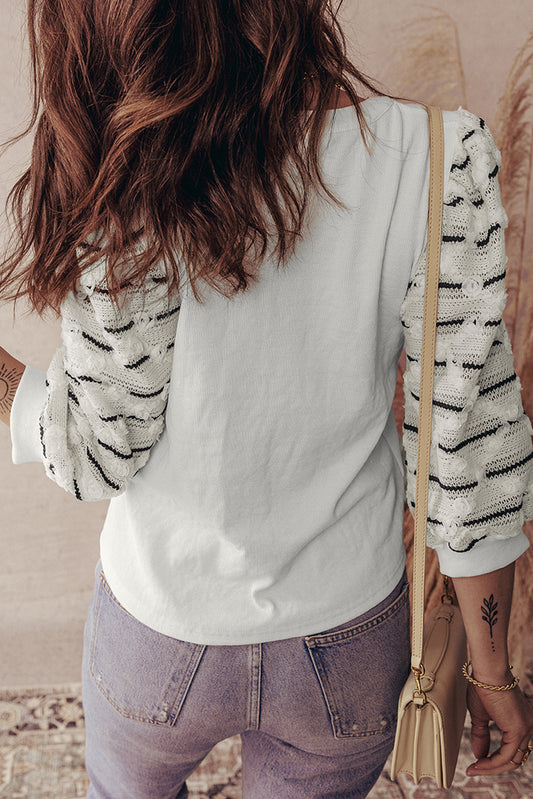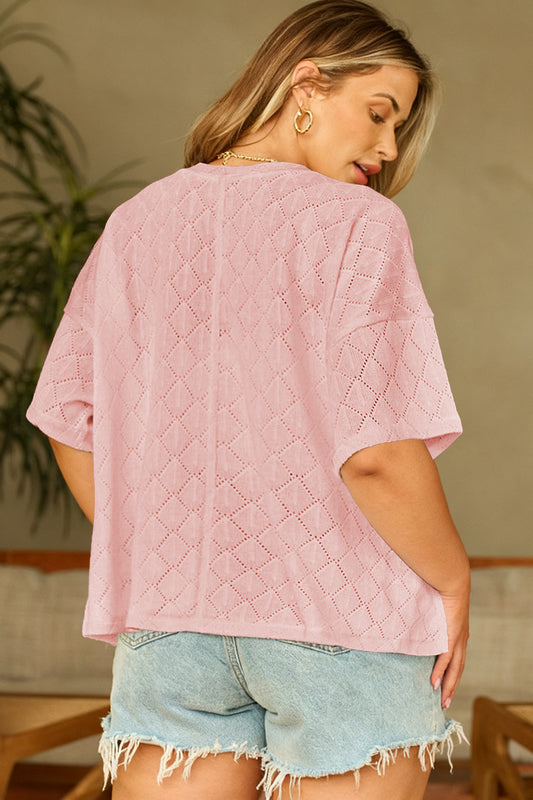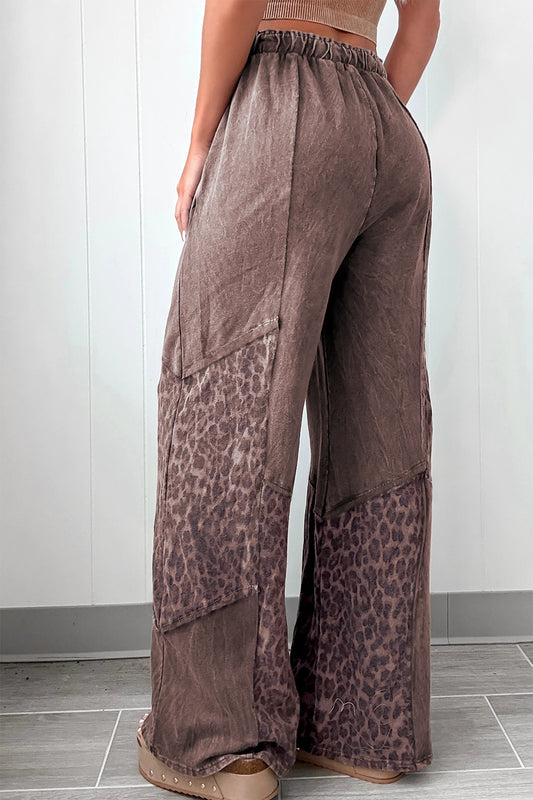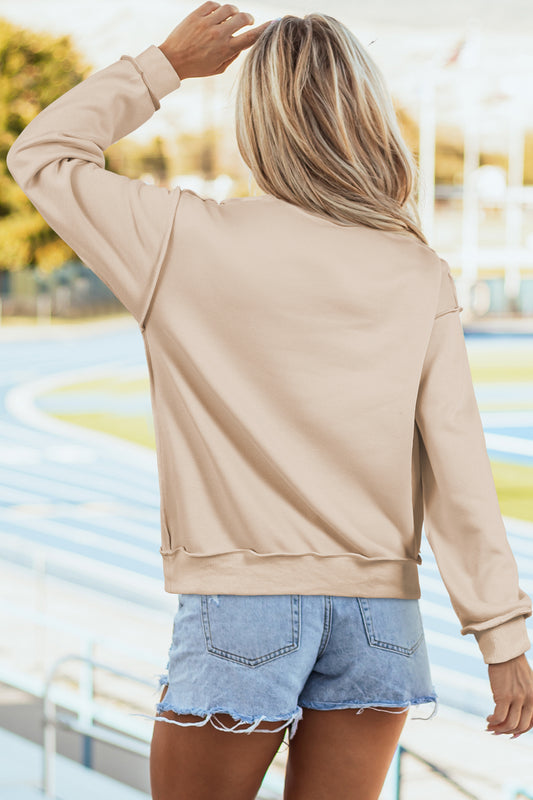
What Is The Appropriate Length For Dresses, Skirts, And Shorts?
Choosing the right length for dresses, skirts, and shorts is essential for creating a balanced and stylish look suitable for various occasions. This comprehensive guide explores the factors influencing the appropriate lengths, including professional settings, personal style, body proportions, and more.
Table of Contents
- Introduction
- Fundamentals of Dress and Skirt Lengths
- Factors to Consider When Choosing Lengths
- Style Tips for Various Occasions
- Tights and Heels: Enhancing Your Look
- Body Proportions and Height Considerations
- General Fashion Guidelines and Personal Style
- Summary and Key Takeaways
- FAQ: Frequently Asked Questions
Introduction
In the world of fashion, the length of a dress, skirt, or pair of shorts can define the entire outfit. Whether you’re dressing for a casual day out or a formal event, understanding the appropriate lengths and how they relate to different settings and body types is crucial. This guide will cover everything from professional dress codes to personal style choices, ensuring you find the perfect fit for any occasion.
Fundamentals of Dress and Skirt Lengths
When selecting the right length for dresses, skirts, and shorts, consider the following:
- Mini Skirts and Dresses: Typically fall well above the knee, perfect for casual settings.
- Knee-Length Options: Versatile for a variety of settings, including office attire.
- Mid-Calf to Maxi Lengths: Ideal for creating a conservative or sophisticated look.
"Choosing the right length can significantly enhance your outfit's aesthetic and align it with the intended occasion or setting."
Factors to Consider When Choosing Lengths
When deciding on the length of your dress or skirt, consider the following:
- Professional Settings and Dress Codes: Aim for knee-length or below for a professional look.
- Body Proportions and Height: Choose lengths that flatter your body shape and height.
Style Tips for Various Occasions
Different occasions call for different lengths:
- Casual Outings and Everyday Wear: Denim shorts or mini skirts work well.
- Office and Business Casual Settings: Opt for skirts and dresses at or below the knee.
- Formal and Evening Events: Mid-calf to maxi lengths are ideal.
Tights and Heels: Enhancing Your Look
Accessories can significantly impact your outfit:
- Tights: Dark tights or opaque tights can add modesty and warmth.
- Heels: The height of your heels can alter the vibe of your outfit, adding elegance or keeping it casual.
Body Proportions and Height Considerations
Understanding your body proportions is key:
- Petite Figures: Shorter lengths can elongate the legs.
- Tall Individuals: Mid-calf or maxi lengths offer a balanced look.
General Fashion Guidelines and Personal Style
Consider the setting, personal comfort, and style preferences when choosing your outfit. Remember, your wardrobe should reflect your personality and style.
Summary and Key Takeaways
- Setting and Occasion: Consider the context and dress codes.
- Body Proportions: Choose lengths that flatter your body type.
- Accessories: Use tights and heels to enhance your look.
- Personal Style and Comfort: Choose what makes you feel confident.
For more inspiration, explore our collections of dresses, skirts, and shorts.
FAQ: Frequently Asked Questions
1. How do I choose the right skirt length for my body type?
Choosing the right skirt length involves considering your height and body proportions. For example, shorter individuals may benefit from above-the-knee or mini skirts to create the illusion of longer legs, while taller individuals might prefer mid-calf or maxi lengths for balance.
2. Is there a specific dress length that is universally flattering?
While personal preferences vary, knee-length dresses are often considered universally flattering as they tend to complement most body types and suit a wide range of occasions.
3. Can I wear short skirts or dresses to a business casual office?
Short skirts or dresses can be appropriate in a business casual setting if they are not excessively short. Generally, lengths that are just above the knee or at the knee are considered suitable. Pairing these with opaque tights can add modesty.
4. What is the best skirt length for formal events?
For formal events, mid-calf to maxi lengths are typically preferred. These lengths convey elegance and sophistication, making them ideal for weddings, galas, and other formal gatherings.
5. How do I style a maxi dress for a casual look?
To style a maxi dress casually, pair it with flat sandals or sneakers and minimal accessories. Opt for relaxed, flowy fabrics and patterns that contribute to a laid-back vibe.
6. Are there specific lengths that are better for different seasons?
Yes, skirt and dress lengths can vary with the seasons. For instance, shorter skirts and dresses are popular in warmer months, while longer lengths like mid-calf and maxi are often favored in cooler weather, sometimes paired with tights for added warmth.
7. How do I determine if a dress or skirt length is too short?
A simple test is the "fingertip rule": when standing straight, if the hem of the dress or skirt is above your fingertips with your arms at your sides, it may be considered too short for certain settings, especially professional ones.
8. Can I wear a mini skirt in a conservative setting?
Wearing a mini skirt in a conservative setting can be challenging. It’s advisable to pair it with dark tights or leggings and opt for a more modest top to balance the outfit. Always consider the specific dress code and cultural norms of the setting.
9. What accessories can help modify the perception of dress or skirt length?
Accessories like belts can cinch the waist and slightly raise or lower the hemline's perceived length. Similarly, wearing heels can elongate the legs, making shorter dresses or skirts look more balanced.
10. How do different hemlines impact the style of an outfit?
Different hemlines can drastically change the style of an outfit. For instance, asymmetrical hemlines add a modern, edgy touch, while A-line skirts offer a classic, feminine look. The hemline can also affect the outfit's formality, with straight, clean cuts often appearing more formal than frayed or casual edges.
We hope this comprehensive guide helps you make informed decisions about your wardrobe choices. Remember, fashion is about expressing yourself and feeling confident in what you wear. Enjoy experimenting with different styles and lengths to find what works best for you!




